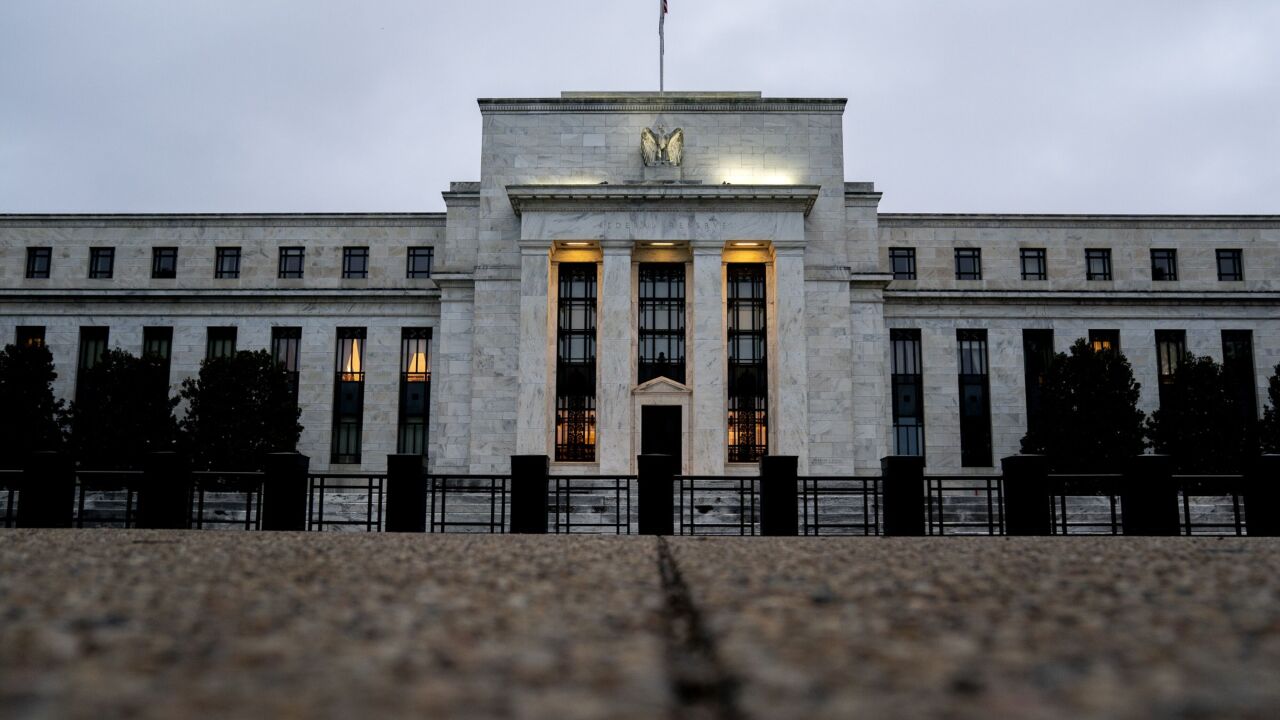In five years, the national median average home price has increased by 20%, even when adjusted for inflation, according to a Bankrate analysis of Redfin data.
This means the average American must earn nearly $117,000 to afford a median-priced property, an increase of 50% from $78,236 in 2020.
Today, people looking to buy in 30 states, as well as the District of Columbia, need to make more than $100,000 in annual income to afford that median-priced home. Back in 2020, it was the case in only six states as well as our nation's capital.
The data shows a "tightening affordability squeeze" on first-time home buyers, said Jeff Ostrowski, Bankrate housing market analyst.
"For many buyers, homeownership feels like it's moving farther out of reach," Ostrowski said in a press release. "Unfortunately for buyers, it seems unlikely that either home prices or mortgage rates will fall dramatically in the near future."
In the five-year gap in this study, Texas was the state where household income needed to increase by the smallest amount to afford a median priced home, but it was still a rather sizable 25.8%.
The state with the least annual household income needed to purchase a house was West Virginia, at $64,179. At the same time, a separate study from Cinch Home Services found West Virginia to be the state with the lowest median price per square foot when it comes to buying a home.
The cost in the Mountain State is $143.52 per square foot, followed by Kansas at $146.17.
A pair of reports released last week paint a conflicting picture for the interest of the Gen Z cohort in housing, with 53% of current renters in that age group
But the NextGen Homebuyer Report found this generation to be less optimistic than the millennials, largely because of affordability challenges.
In 2024, baby boomers had the largest share of home purchases as
Property taxes,
Vermont was the state with the highest property tax burden, with the next six slots also occupied by states in the Northeast: New Hampshire, New Jersey, New York, Maine, Connecticut and Rhode Island.
At the other end of the spectrum are Alabama, Arkansas, Oklahoma and Tennessee.
Considering the entire burden, including income, sales and excise taxes as well as property, Hawaii ranked No. 1.
"It's easy to be dismayed at tax time when you see just how much of your income you lose," WalletHub analyst Chip Lupo said in the report. "Living in a state with a low tax burden can alleviate some of that stress. Some states charge no income tax or no sales tax, although all states have some form of property taxes and excise taxes."
The Cinch study found Hawaii had the highest median price per square foot at $716.17. This is about $200 more than No. 2 on the list, New York at $414.22. Massachusetts at $410, California at $405.83 and New Jersey at $324.83 round out the top 5.
"Our study shows that there's a great opportunity for homebuyers in the U.S. if they are willing to look beyond traditional markets, which can carry hefty costs, especially now remote work has become a real possibility for many people," a Cinch spokesperson said in a press release.





